Smell loss or distortion is a common problem encountered by the otolaryngologist and neurologist. Diminished smell sensitivity influences food selection and nutrient intake, and compromises safety from food poisoning and toxic agents. Indeed, a disproportionate number of the elderly die in fires, gas explosions, and toxic exposures as a result of being unable to detect smoke or odorous warning agents added to natural gas.
Smell dysfunction can also be devastating for those who depend upon this sense for their safety or livelihood, such as cooks, homemakers, plumbers, fire fighters, perfumers, fragrance salespersons, wine merchants, food and beverage distributors, and employees of numerous chemical, gas, and public works industries.
In recent years, both psychophysical and electrophysiological tests have been developed to quantify olfactory function in the clinical setting. Psychophysical tests are more practical and less costly than electrophysiological tests, making them much more popular.
The Snap & Sniff® Benefit
When the operator’s thumb pushes forward on a slide mechanism, the odorized tip is exposed for sampling and presented to the subject. Releasing the slide mechanism retracts the odorized tip back in the wand’s housing. Because the odorant is presented briefly, the odor is retained for much longer periods and can be used for testing many more subjects than devices lacking such sophisticated technology.
Snap & Sniff ® Products
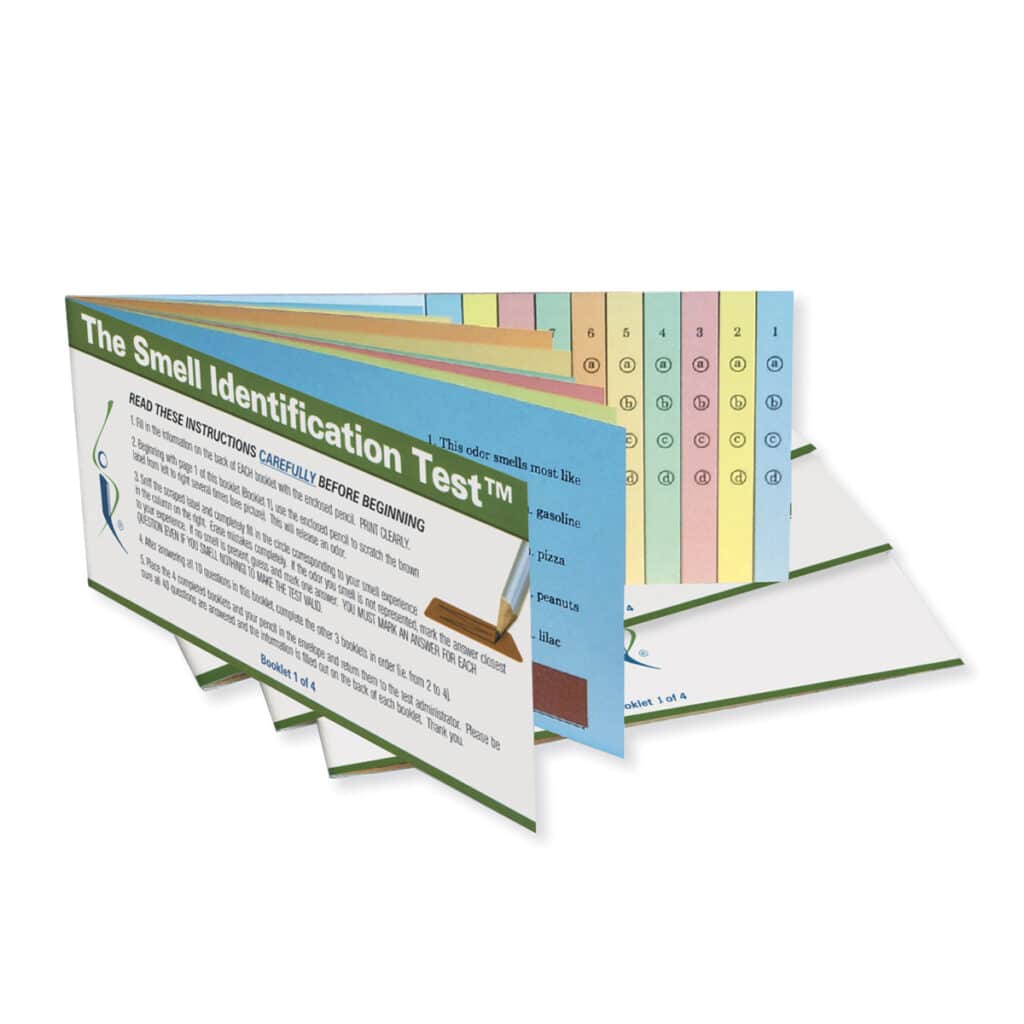
Smell Identification Test™ (UPSIT®)
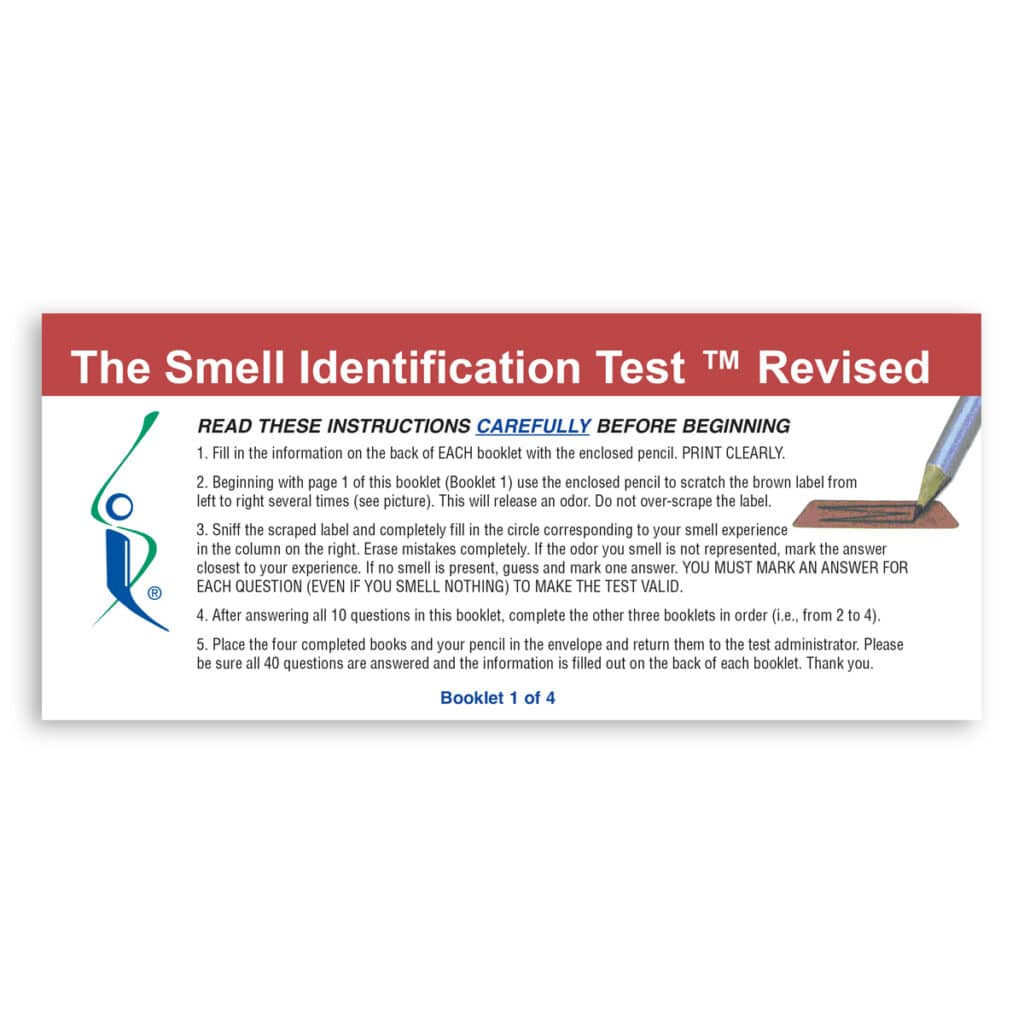
Smell Identification Test Revised™ | SITT-R-ENG
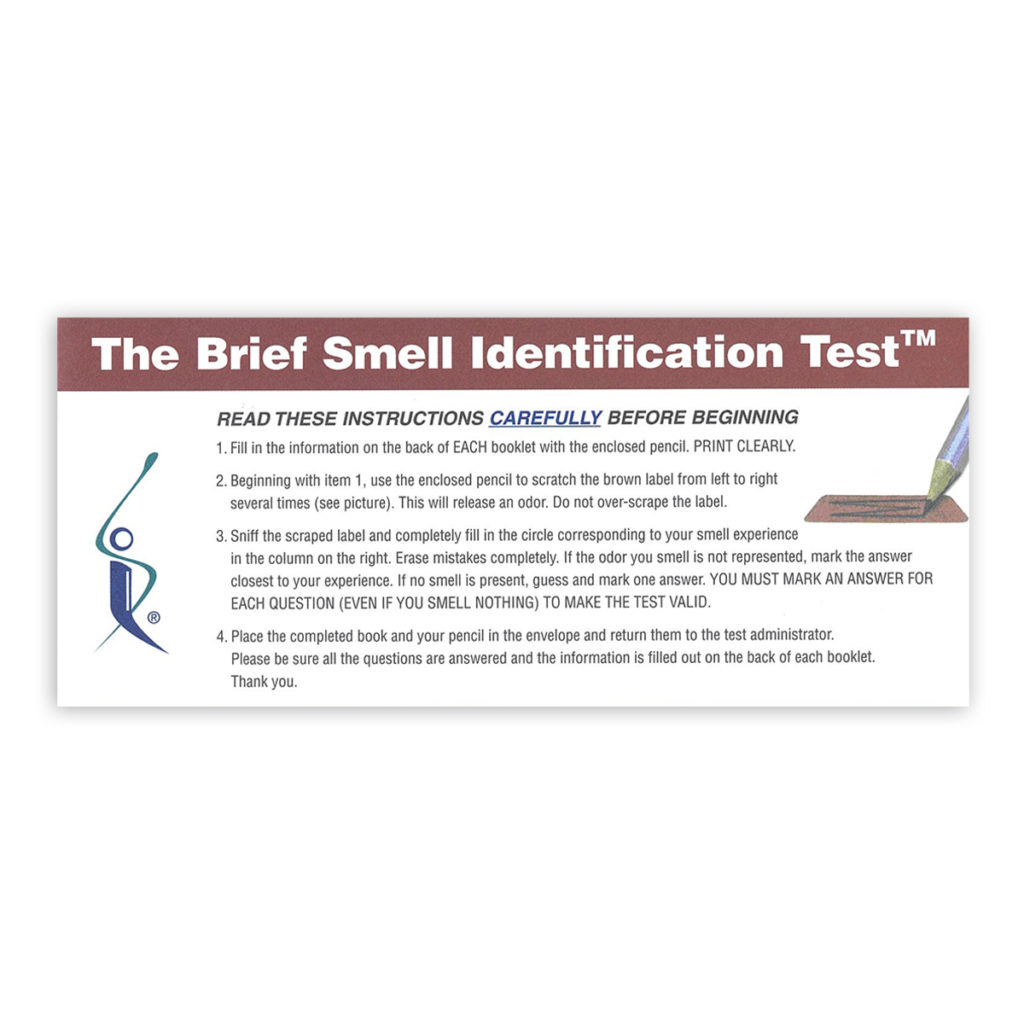
Brief Smell Identification Test® (B-SIT®) | BSIT
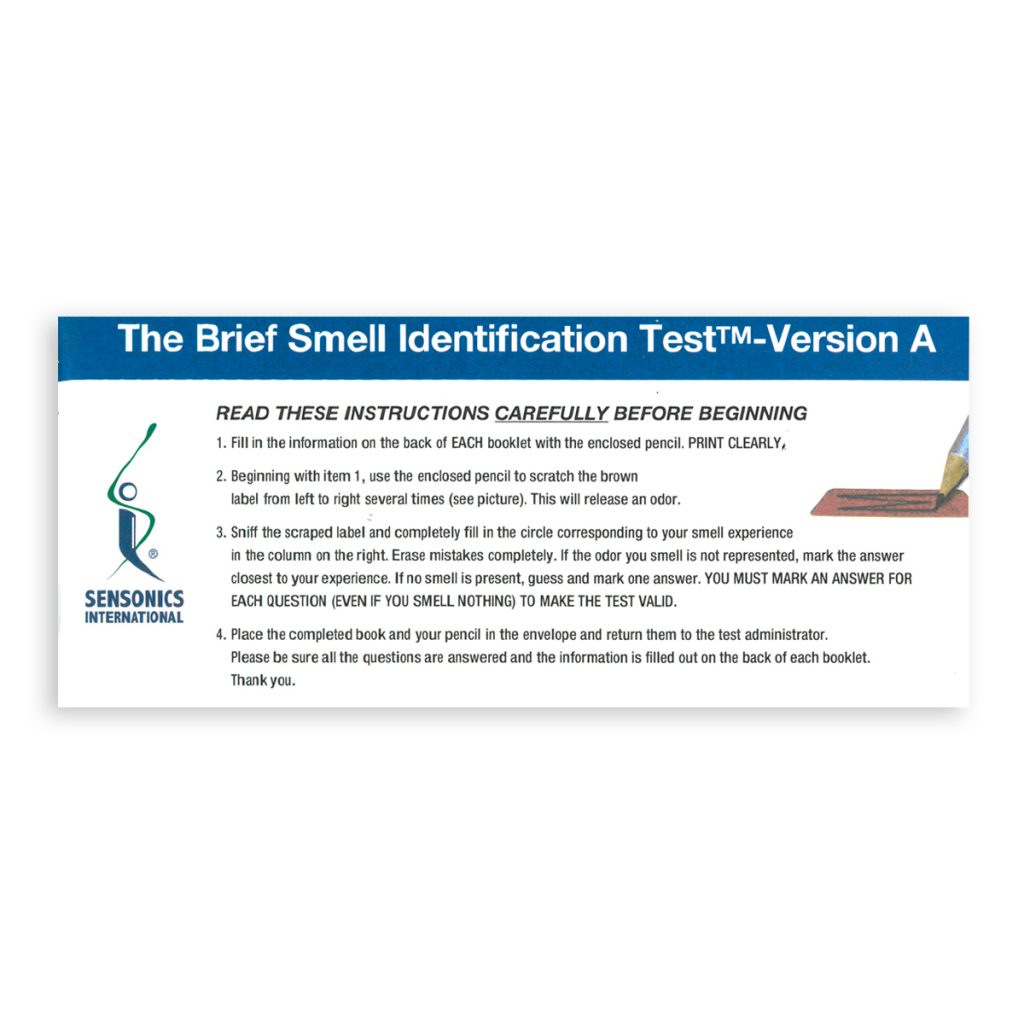
Brief Smell Identification Test® (B-SIT®) Version: A | BSIT-VERA
Related Products
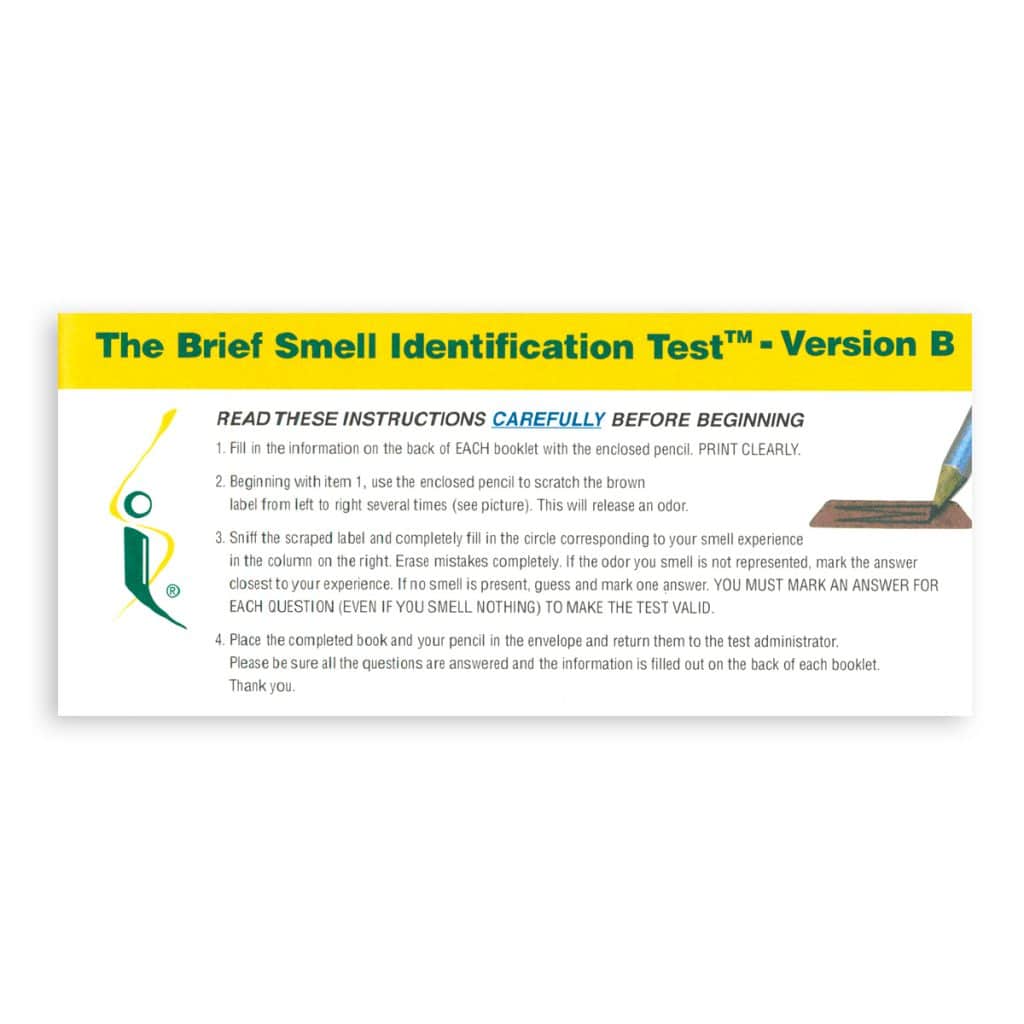
Brief Smell Identification Test® (B-SIT®) Version: B | BSIT-VERB

Smell Identification Test Revised™ | SITT-R-ENG

Brief Smell Identification Test® (B-SIT®) | BSIT

Brief Smell Identification Test® (B-SIT®) Version: A | BSIT-VERA
Our products only test the sense of taste and smell. They are not intended to diagnose, treat, cure, or prevent any disease.
